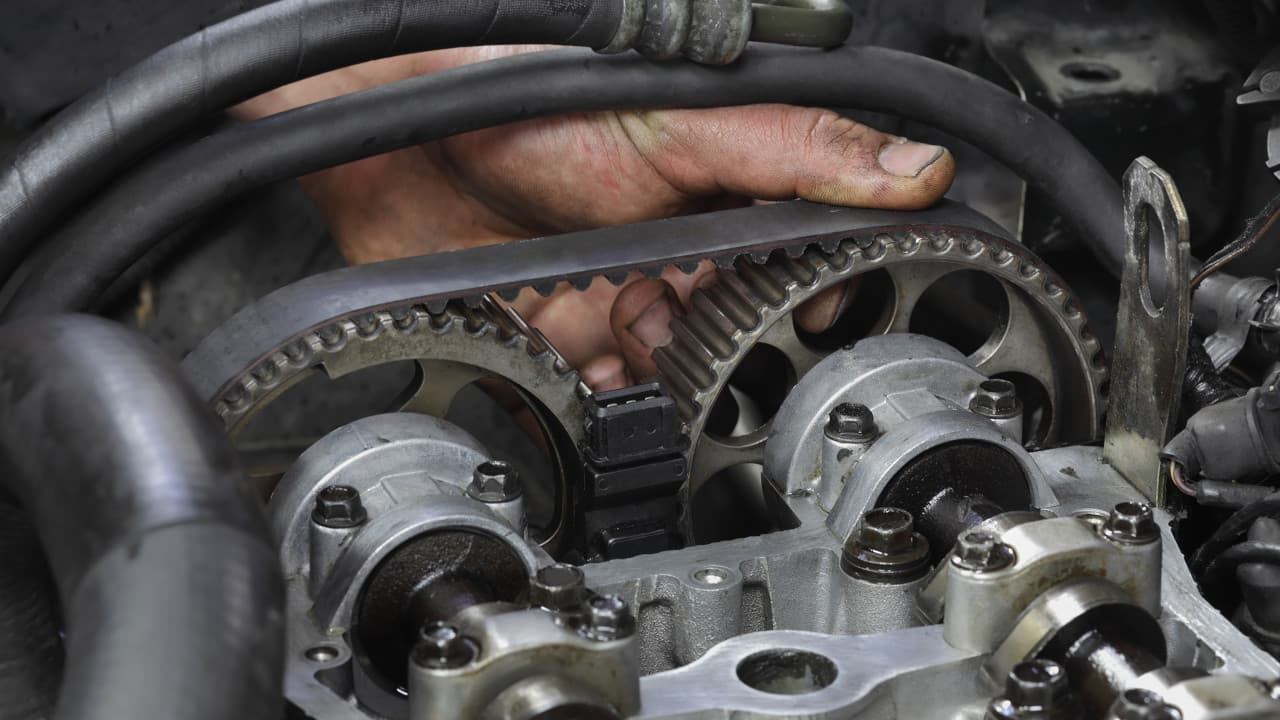- Arabic
- French
- Russian
- Spanish
- Portuguese
- Turkish
- Armenian
- English
- Albanian
- Amharic
- Azerbaijani
- Basque
- Belarusian
- Bengali
- Bosnian
- Bulgarian
- Catalan
- Cebuano
- Corsican
- Croatian
- Czech
- Danish
- Dutch
- Afrikaans
- Esperanto
- Estonian
- Finnish
- Frisian
- Galician
- Georgian
- German
- Greek
- Gujarati
- Haitian Creole
- hausa
- hawaiian
- Hebrew
- Hindi
- Miao
- Hungarian
- Icelandic
- igbo
- Indonesian
- irish
- Italian
- Japanese
- Javanese
- Kannada
- kazakh
- Khmer
- Rwandese
- Korean
- Kurdish
- Kyrgyz
- Lao
- Latin
- Latvian
- Lithuanian
- Luxembourgish
- Macedonian
- Malgashi
- Malay
- Malayalam
- Maltese
- Maori
- Marathi
- Mongolian
- Myanmar
- Nepali
- Norwegian
- Norwegian
- Occitan
- Pashto
- Persian
- Polish
- Punjabi
- Romanian
- Samoan
- Scottish Gaelic
- Serbian
- Sesotho
- Shona
- Sindhi
- Sinhala
- Slovak
- Slovenian
- Somali
- Sundanese
- Swahili
- Swedish
- Tagalog
- Tajik
- Tamil
- Tatar
- Telugu
- Thai
- Turkmen
- Ukrainian
- Urdu
- Uighur
- Uzbek
- Vietnamese
- Welsh
- Bantu
- Yiddish
- Yoruba
- Zulu
ພ.ຈ. . 06, 2024 11:10 Back to list
Understanding the Mechanics and Applications of V-Belt Transmission Systems in Engineering
Understanding V-Belt Transmission A Comprehensive Overview
V-belt transmission is an integral component in numerous mechanical systems used across various industries. From automotive applications to heavy industrial machinery, V-belts play a critical role in transmitting power and motion efficiently. This article will explore the basic principles of V-belt transmission, its components, advantages, common applications, and maintenance practices.
The Basics of V-Belt Transmission
A V-belt, named after its trapezoidal cross-section, is designed to fit into a corresponding groove on pulleys, enabling effective power transfer between them. The upper side of the belt is flat, allowing it to sit tightly against the pulley. This unique design allows for greater contact area with the pulley, which enhances grip and minimizes slippage.
In a typical V-belt drive system, the belt connects two or more pulleys—usually a driving pulley and a driven pulley. The driving pulley rotates due to an input power source, such as an electric motor, and this rotation is transferred to the driven pulley through the V-belt. The system can also facilitate speed reduction or increase based on the sizes of the pulleys involved, which allows for versatile application in various mechanical setups.
Components of V-Belt Transmission
The primary components of a V-belt transmission system include
1. V-Belt Made from rubber, fabric, and sometimes reinforced with fibers for added strength, V-belts come in various sizes and designs. They can be classified into standard, narrow, and cogged belts, each type serving specific purposes based on the application.
2. Pulleys These circular components are typically made of metal or plastic and come in various diameters. The choice of pulley affects the overall efficiency of the transmission system.
3. Tensioning Device Proper tension is crucial for effective operation. A tensioning device maintains the needed tension in the V-belt, ensuring optimal contact with the pulleys and preventing slipping.
Advantages of V-Belt Transmission
V-belt transmissions offer numerous advantages, making them a preferred choice in many industries
- Efficiency V-belts can transmit power with minimal losses due to their design, making them efficient in energy transfer.
- Cost-Effectiveness Compared to other transmission methods like chain drives, V-belts are generally more affordable and require less maintenance.
- Versatility V-belt systems can be easily configured for various speeds and torque requirements, accommodating a range of applications.
v belt transmission

- Quiet Operation V-belts tend to operate more quietly than chain drives, making them suitable for applications where noise reduction is essential
.Common Applications
V-belt transmission systems can be found in a wide array of applications
- Automotive Industry Used in engine systems to drive alternators, water pumps, and air conditioning compressors.
- Industrial Machinery Found in conveyor systems, machine tools, and various production equipment where efficient power transmission is vital.
- Home Appliances V-belts are commonly used in washing machines, lawn mowers, and other household equipment to transfer motion.
Maintenance Practices
Regular maintenance is crucial for ensuring the longevity and efficiency of V-belt transmission systems. Here are some best practices
1. Tension Check Regularly inspect and adjust the tension of the V-belt. An overly tight or loose belt can lead to premature wear and failure.
2. Alignment Ensure that the pulleys are properly aligned. Misalignment can cause uneven wear and increase the risk of slippage.
3. Visual Inspection Routinely check for signs of wear, such as cracking, fraying, or glazing of the belt surface. Immediate replacement of any worn belts can prevent more extensive damage.
4. Cleaning Keep the pulleys and belts free from dust and debris to maintain optimal grip and efficiency.
Conclusion
V-belt transmission systems are essential in modern mechanical applications, offering a balance of efficiency, cost-effectiveness, and versatility. Understanding their components, advantages, and maintenance practices can significantly enhance the performance of machinery and equipment. As industries evolve, so will the technologies involved in power transmission, but V-belt systems will likely remain a fundamental choice for many years to come.
-
Korean Auto Parts Timing Belt 24312-37500 For Hyundai/Kia
NewsMar.07,2025
-
7PK2300 90916-T2024 RIBBED BELT POLY V BELT PK BELT
NewsMar.07,2025
-
Chinese Auto Belt Factory 310-2M-22 For BMW/Mercedes-Benz
NewsMar.07,2025
-
Chinese Auto Belt Factory 310-2M-22 For BMW/Mercedes-Benz
NewsMar.07,2025
-
90916-02660 PK Belt 6PK1680 For Toyota
NewsMar.07,2025
-
drive belt serpentine belt
NewsMar.07,2025

